Optimal Timing for Asphalt Service
Proper timing for asphalt service is essential to ensure durability and optimal results. Weather conditions, temperature, and seasonal changes significantly influence the effectiveness of asphalt maintenance and installation. Understanding these factors helps determine the most suitable periods for scheduling asphalt work.
Asphalt should be installed and repaired when temperatures are consistently between 50°F and 85°F for optimal compaction and bonding.
Spring and early fall are generally the best seasons for asphalt services due to moderate temperatures and lower precipitation levels.
Avoid scheduling asphalt work during rainy or freezing conditions, as moisture and cold temperatures can compromise the quality of the pavement.
Timely maintenance during favorable weather extends the lifespan of asphalt surfaces, reducing long-term repair costs.
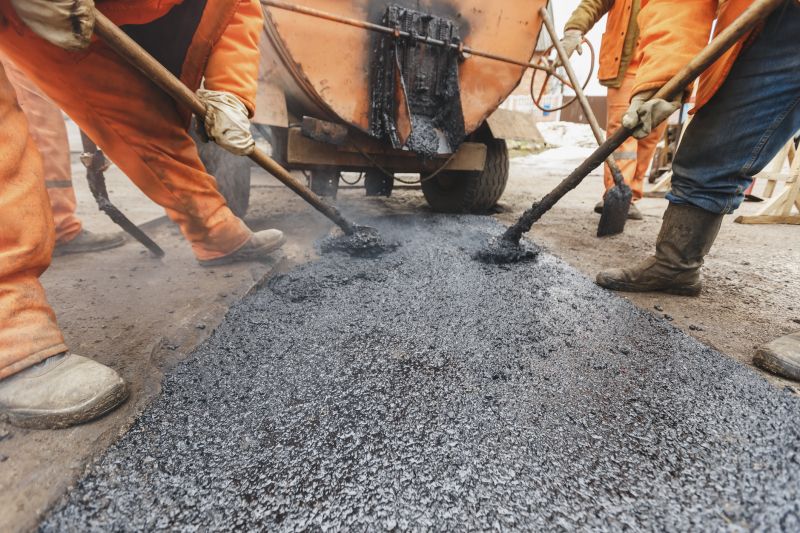
Spring offers moderate temperatures ideal for asphalt installation and repairs.

Early fall provides suitable weather conditions for long-lasting asphalt work.

Summer can be suitable if temperatures are controlled and weather is dry.
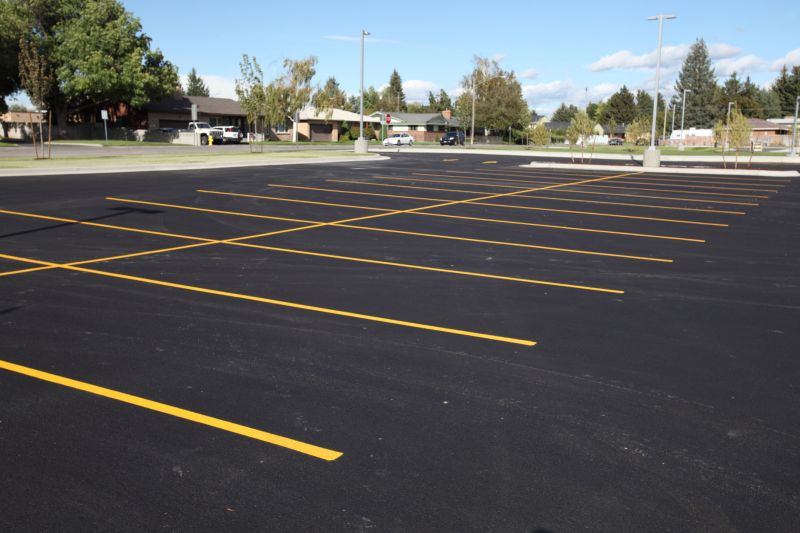
Ways to make Asphalt Service work in tight or awkward layouts.

Popular materials for Asphalt Service and why they hold up over time.
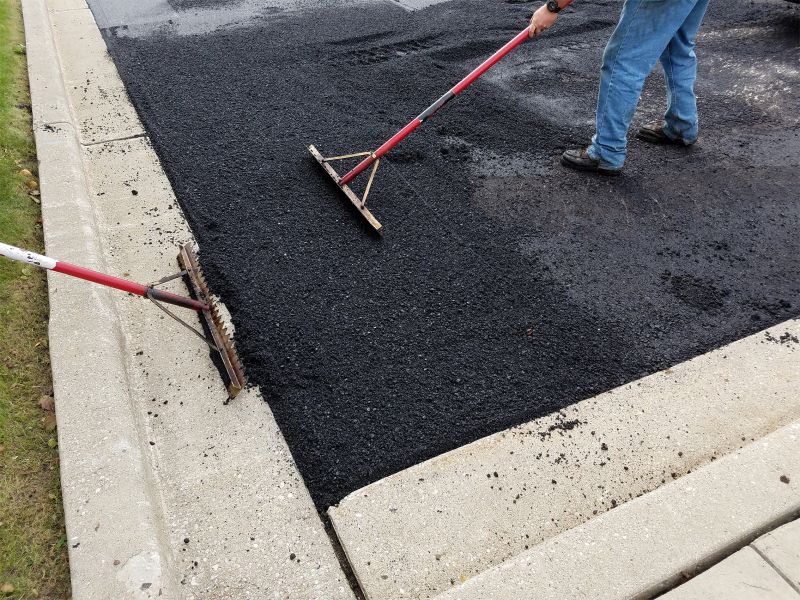
Simple add-ons that improve Asphalt Service without blowing the budget.
Asphalt service encompasses a range of maintenance and installation activities designed to ensure surface longevity and safety. Proper timing allows for optimal compaction, adhesion, and curing processes, which are crucial for resisting wear and environmental damage. Regular inspections and timely repairs during the appropriate seasons can significantly extend the lifespan of asphalt surfaces, making scheduling based on seasonal and weather conditions a critical aspect of asphalt management.
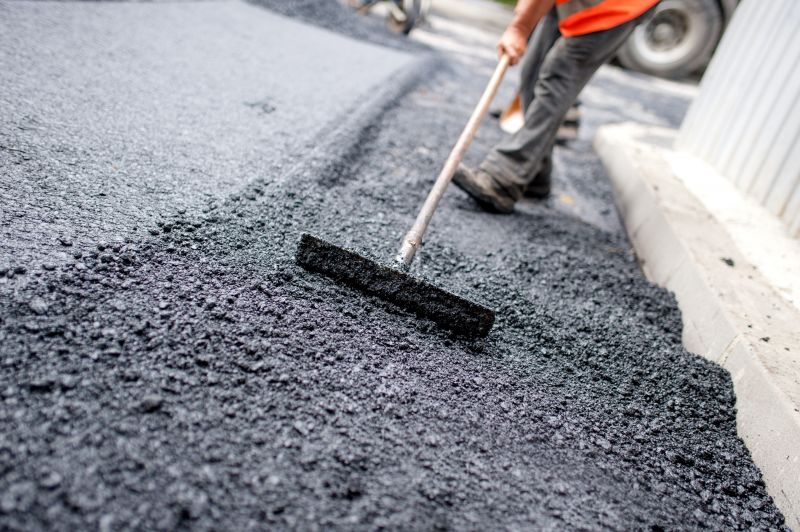
Timely repairs prevent further deterioration and extend pavement life.
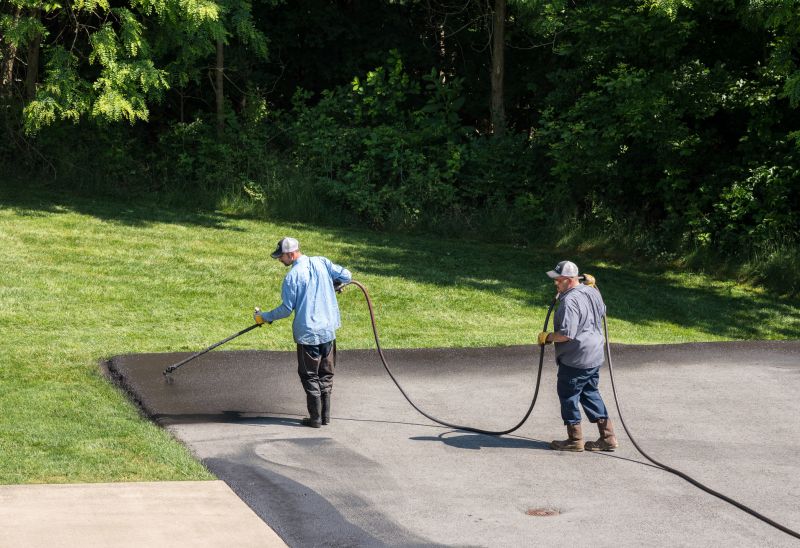
Sealcoating is most effective when applied during warm, dry weather.

Proper seasonal timing ensures a smooth and durable surface.
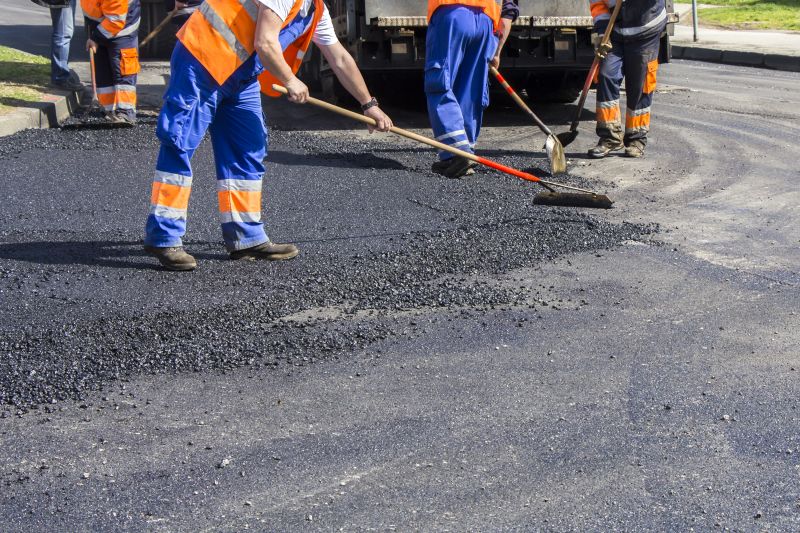
Scheduling maintenance during favorable weather maximizes results.

High-end options that actually feel worth it for Asphalt Service.
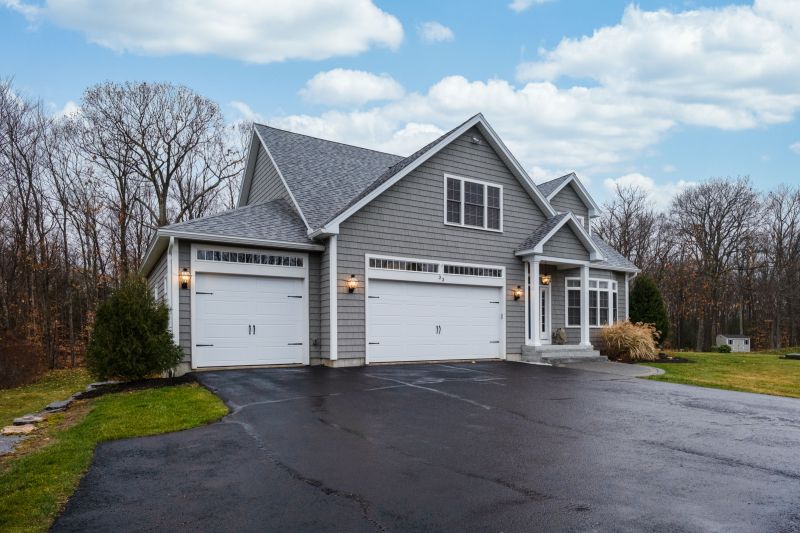
Finishes and colors that play nicely with Asphalt Service.

Little measurements that prevent headaches on Asphalt Service day.

A 60-second routine that keeps Asphalt Service looking new.
| Season | Recommended Asphalt Service Activities |
|---|---|
| Spring | Sealcoating, repairs, paving |
| Summer | Paving, repairs during cooler parts of the day |
| Fall | Sealcoating, crack sealing, repairs |
| Winter | Limited; focus on planning and inspections |
Choosing the right time for asphalt service depends on weather patterns and seasonal temperatures. Spring and fall are generally preferred due to stable moderate conditions that facilitate proper curing and bonding. Summer work is possible with precautions against high heat, while winter projects are limited to planning and inspections in most regions. Proper scheduling enhances the durability and appearance of asphalt surfaces, reducing the need for frequent repairs.
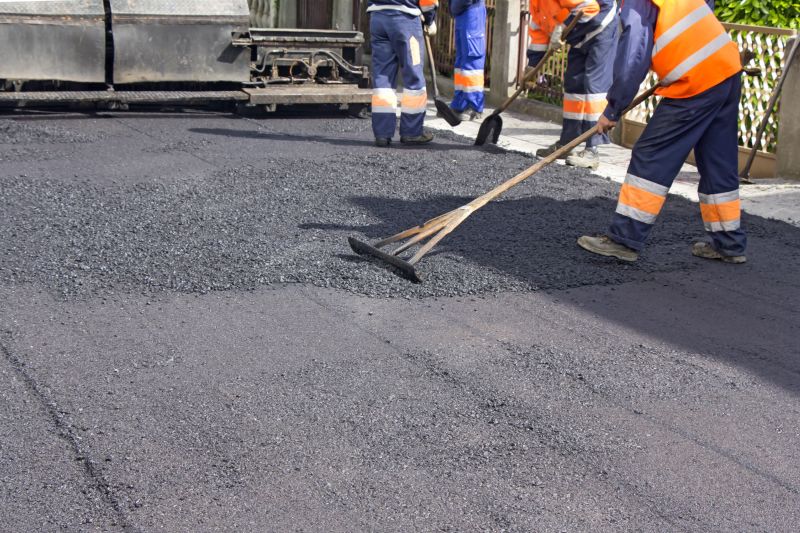
Ideal for installation and repairs due to moderate temperatures.

Optimal for sealcoating and crack sealing activities.

Suitable during cooler parts of the day with adequate hydration.

Focus on inspections and planning for upcoming seasons.

A frequent mistake in Asphalt Service and how to dodge it.

Small tweaks to make Asphalt Service safer and easier to use.

Lower-waste or water-saving choices for Asphalt Service.

The short, realistic tool list for quality Asphalt Service.
Timely asphalt service contributes to surface integrity, safety, and appearance. By aligning maintenance activities with favorable weather conditions, property owners and managers can maximize the lifespan of their asphalt surfaces. Regular inspections and proactive repairs during the recommended seasons prevent costly future repairs and ensure a smooth, durable surface for years to come.
Interested in scheduling asphalt service? Filling out the contact form provides a convenient way to receive more information and plan for optimal timing based on local climate conditions and specific project needs.



